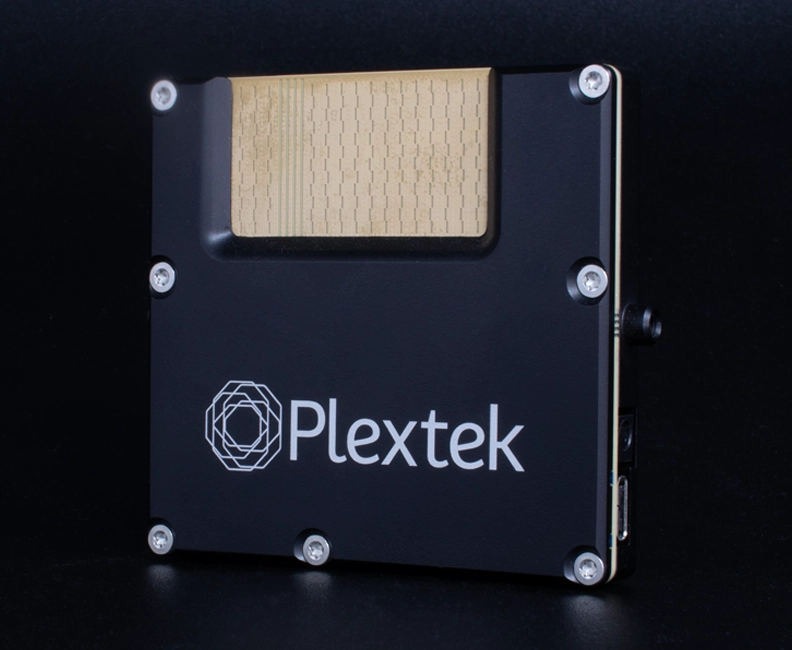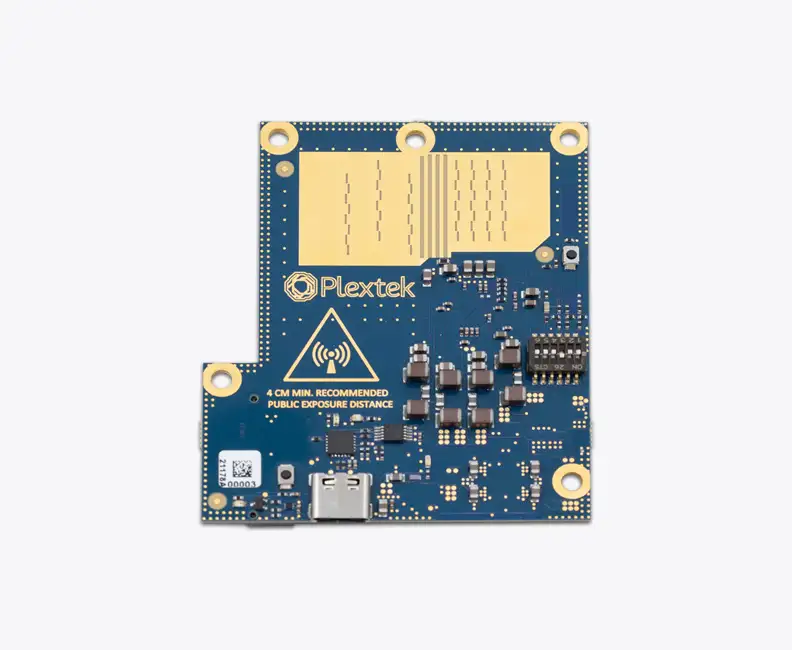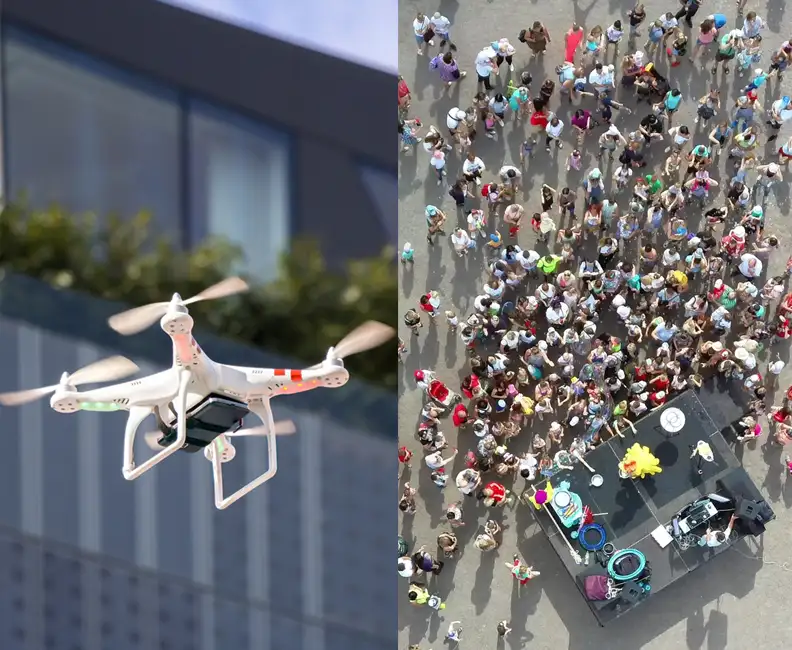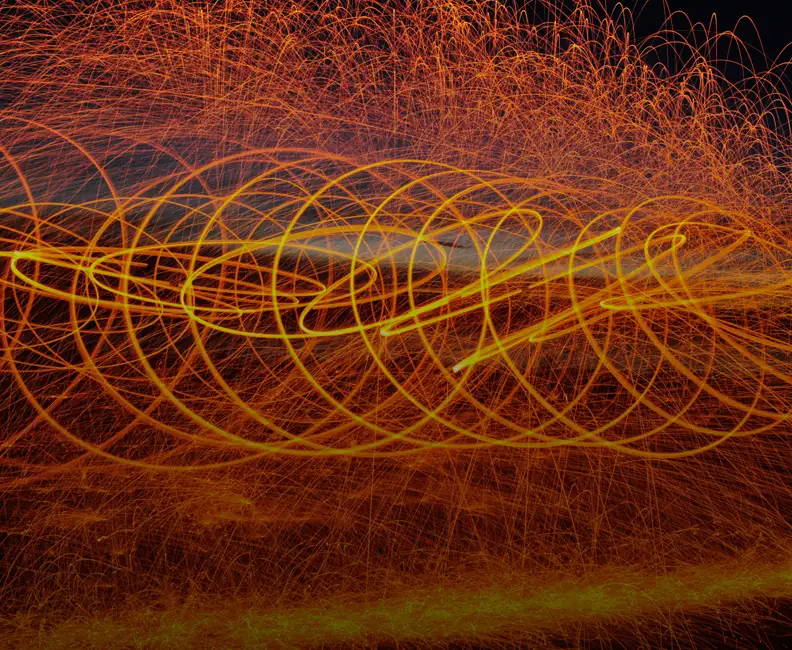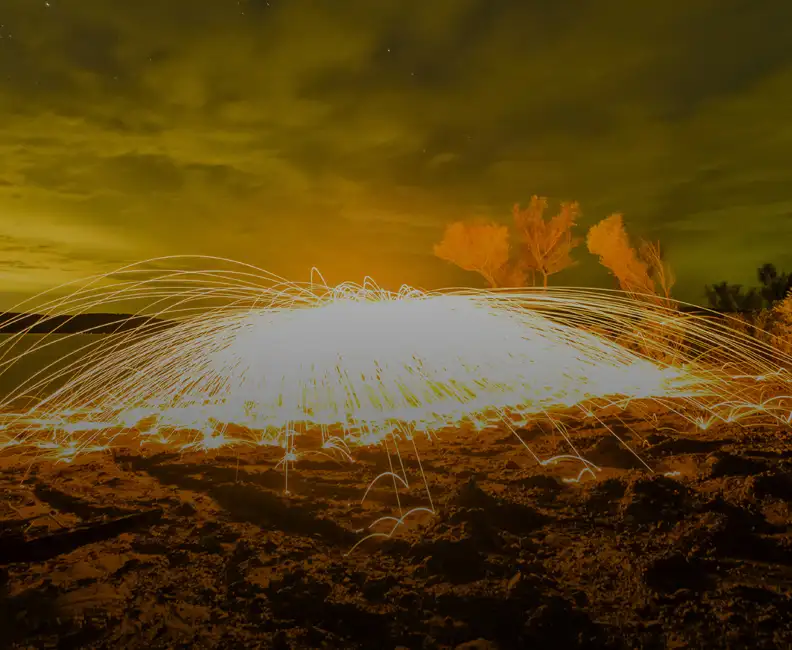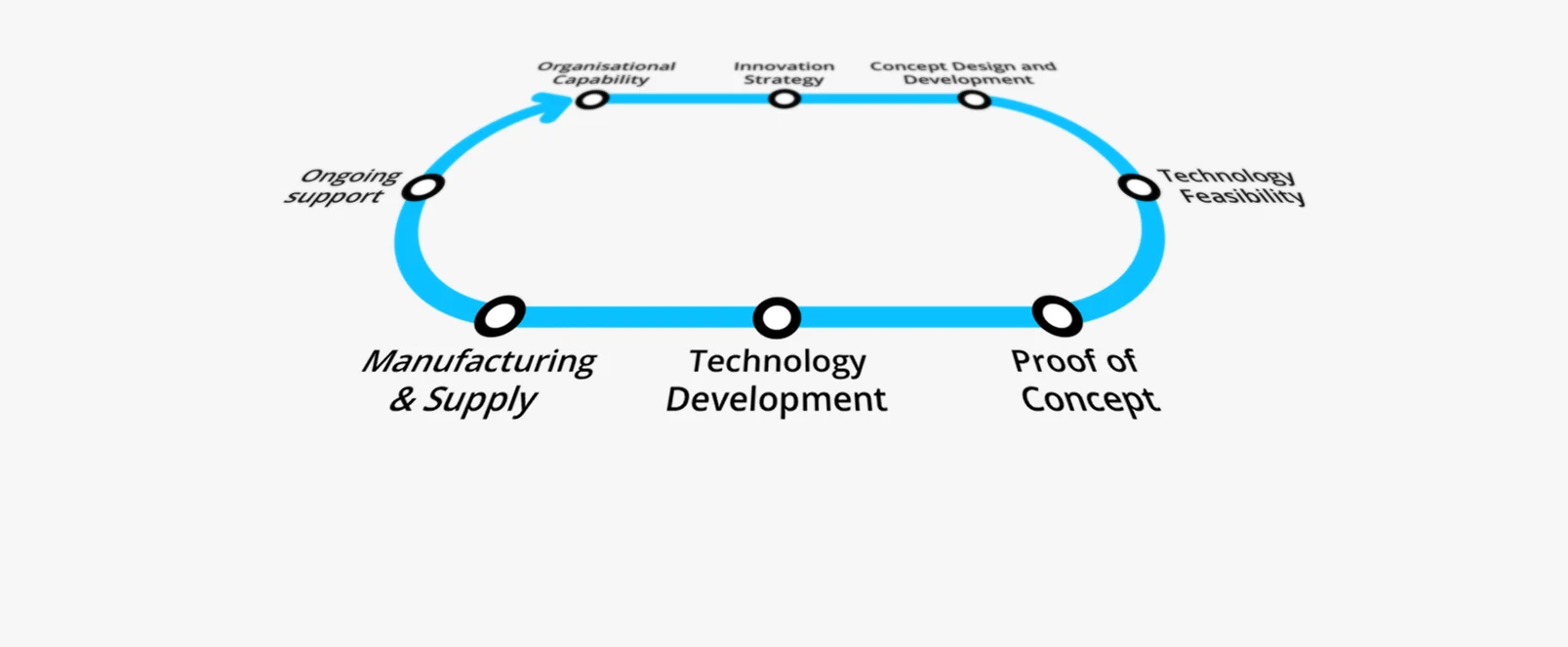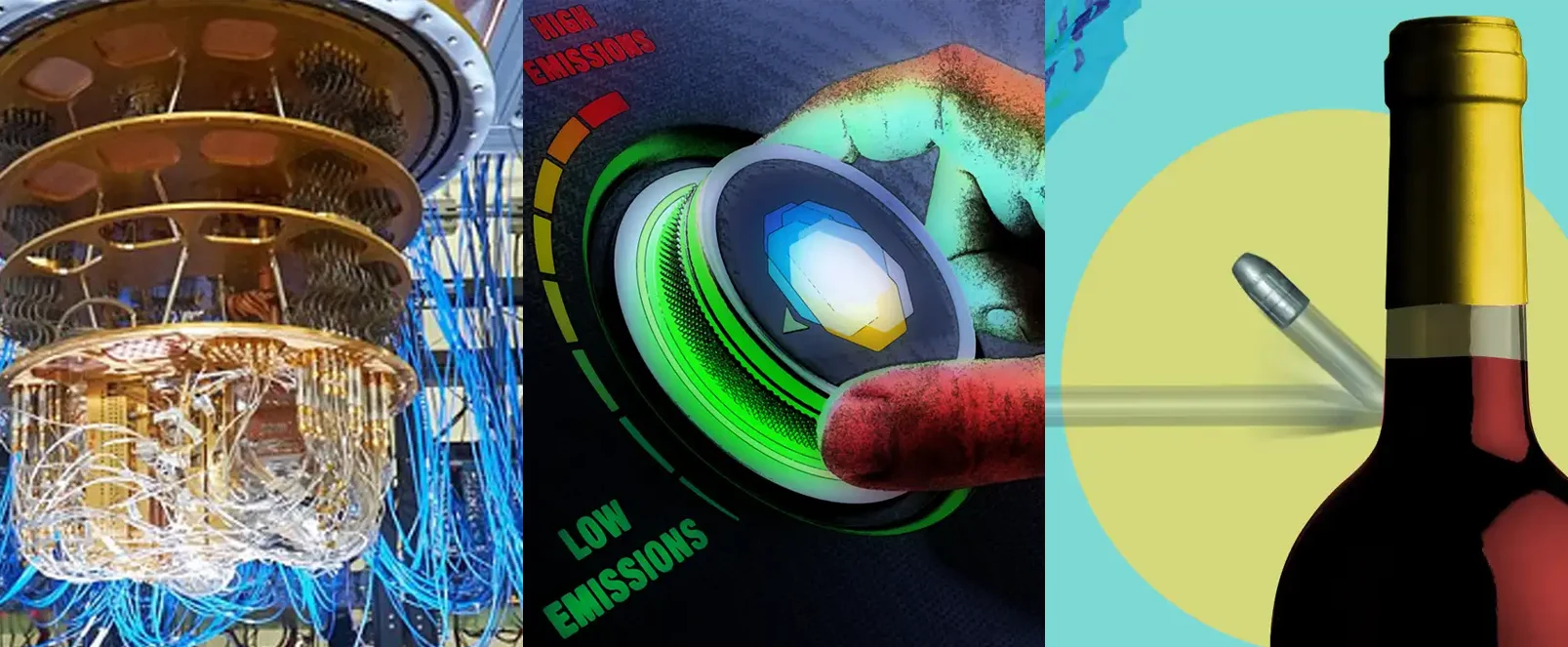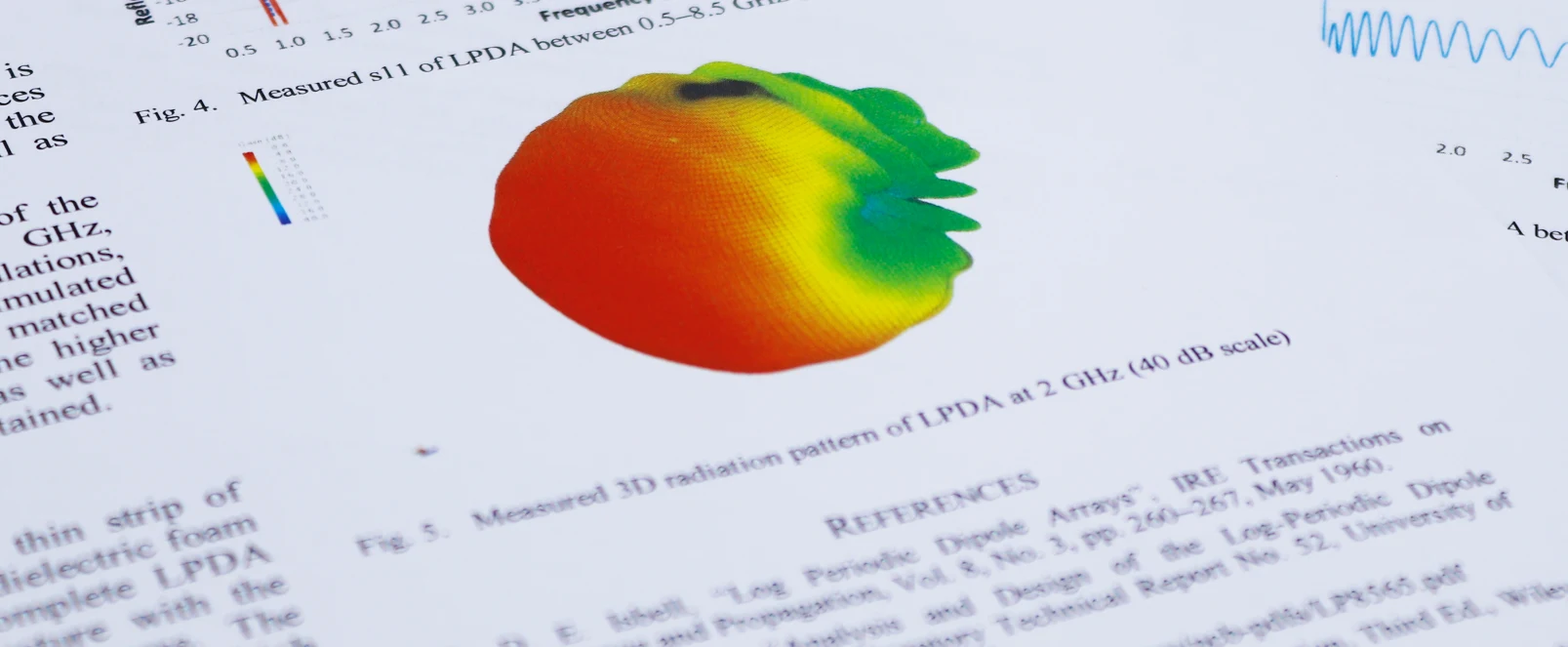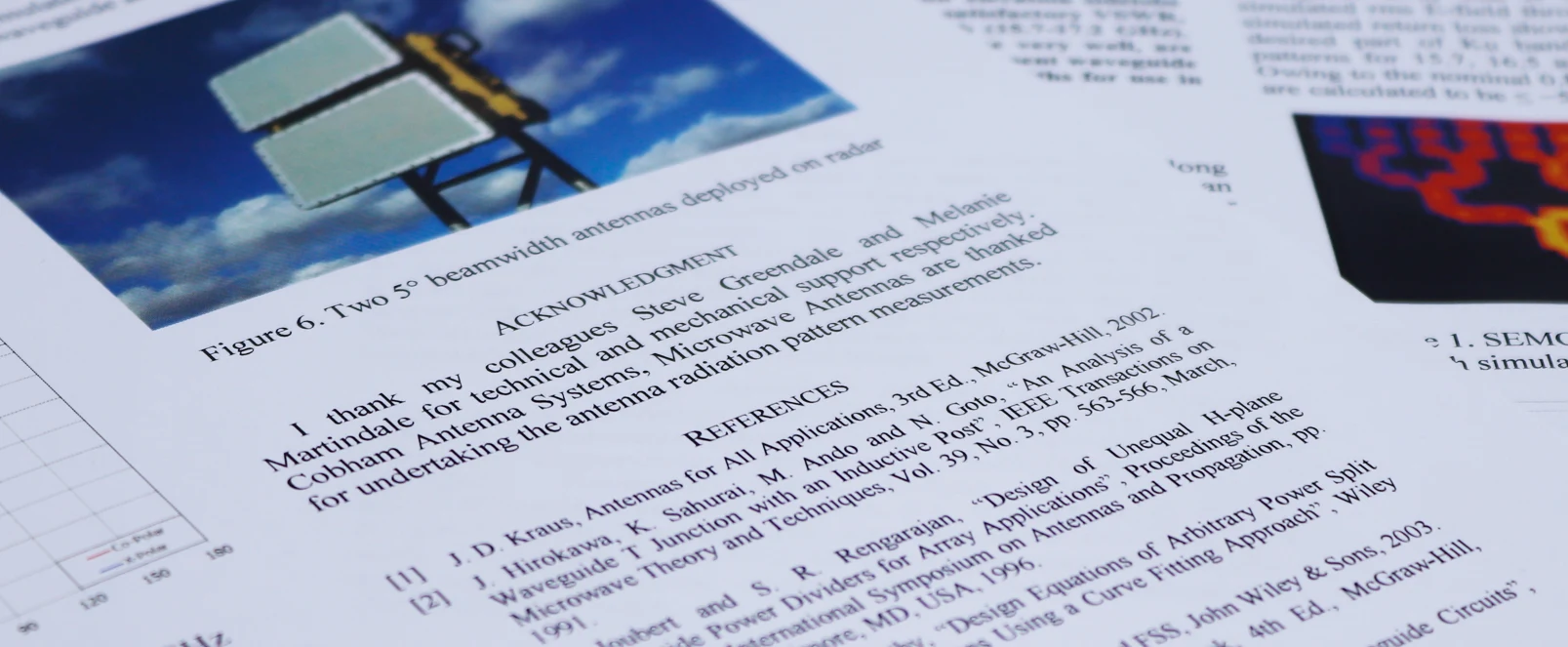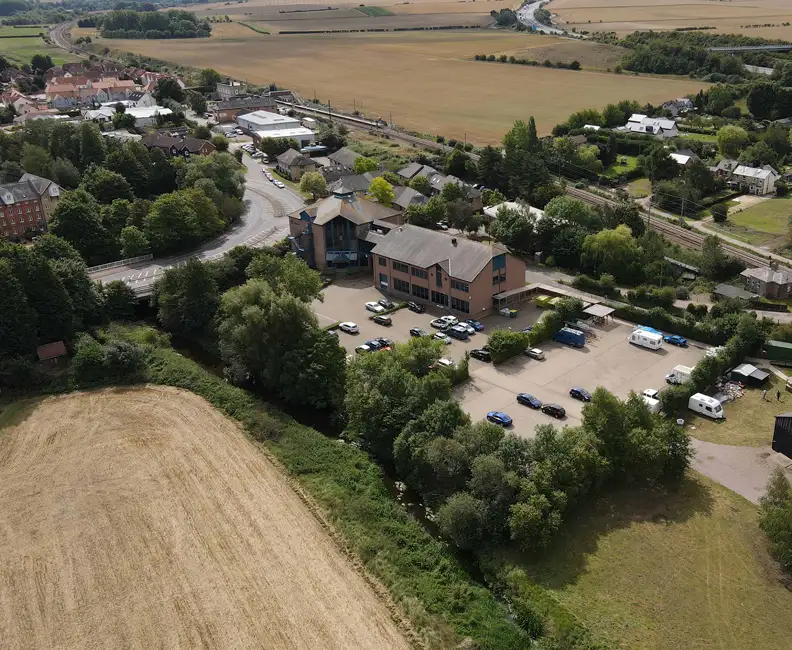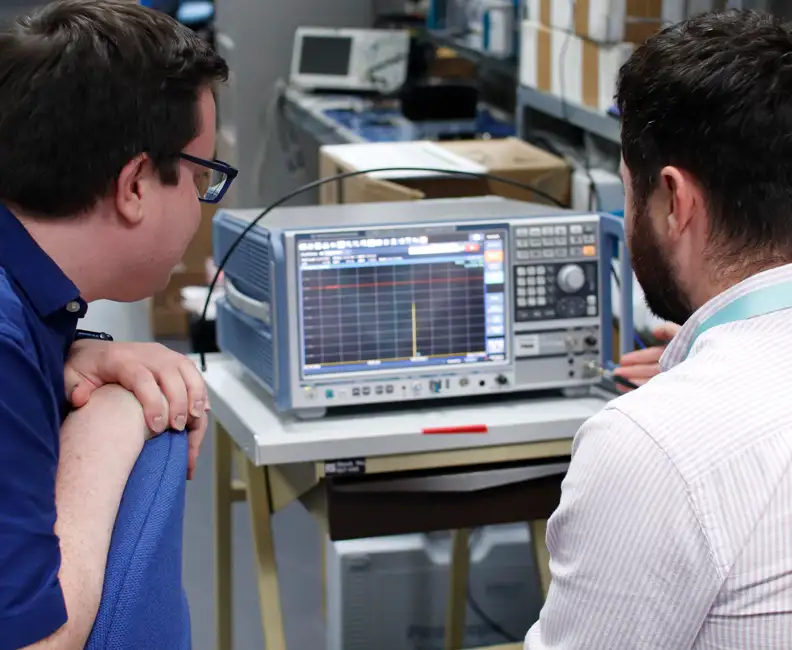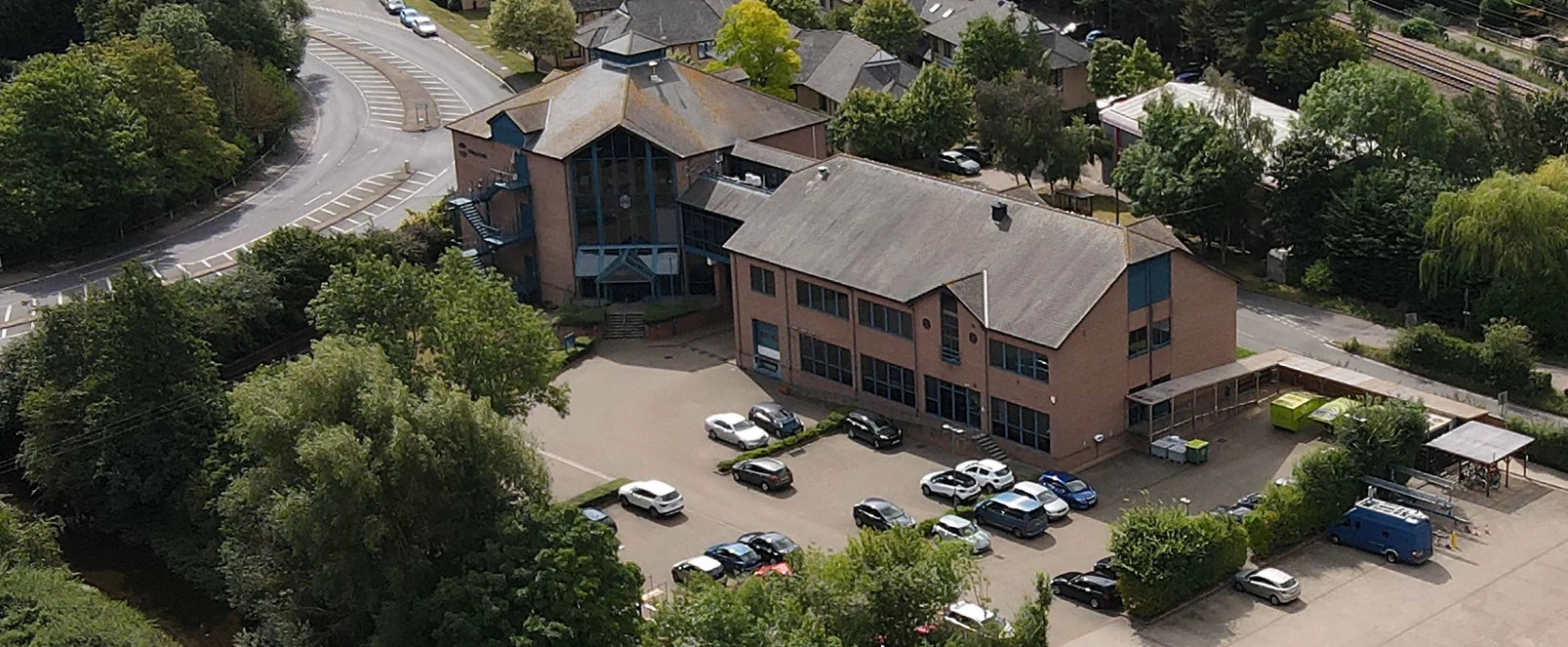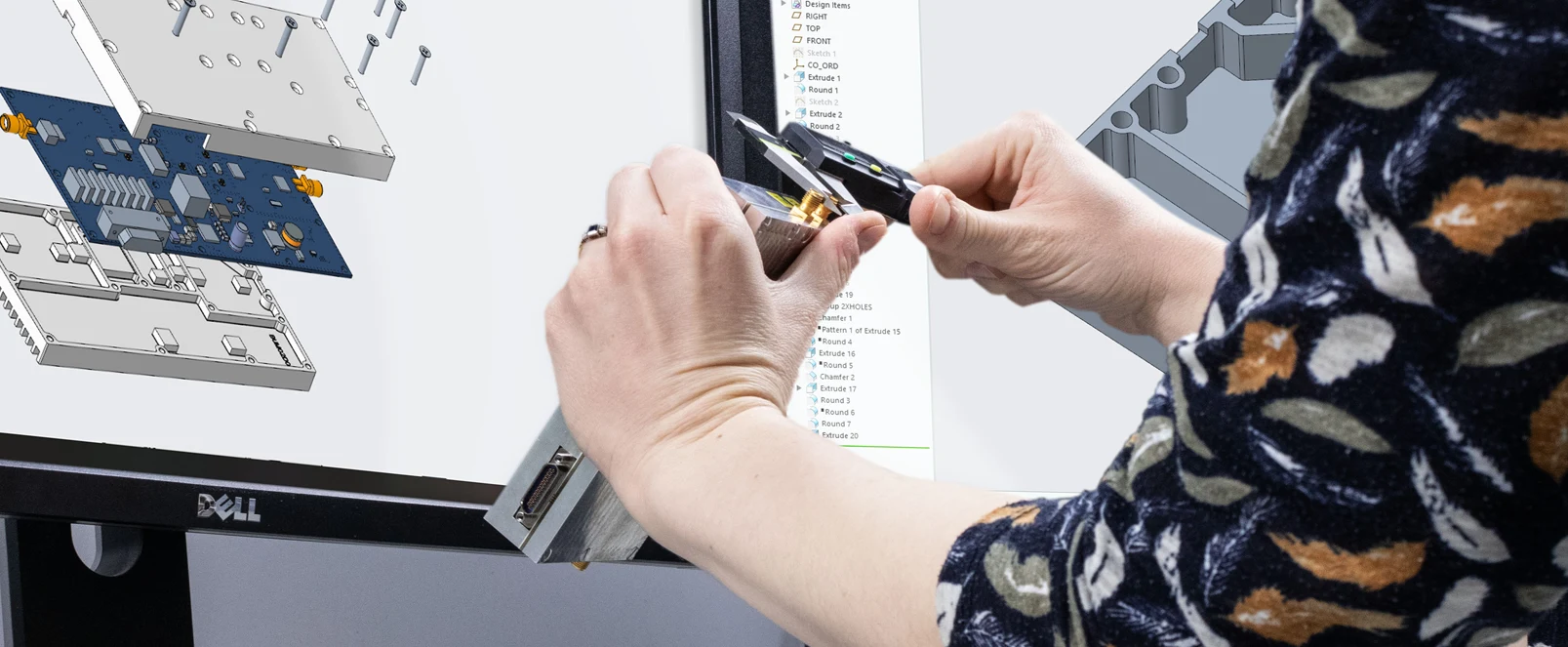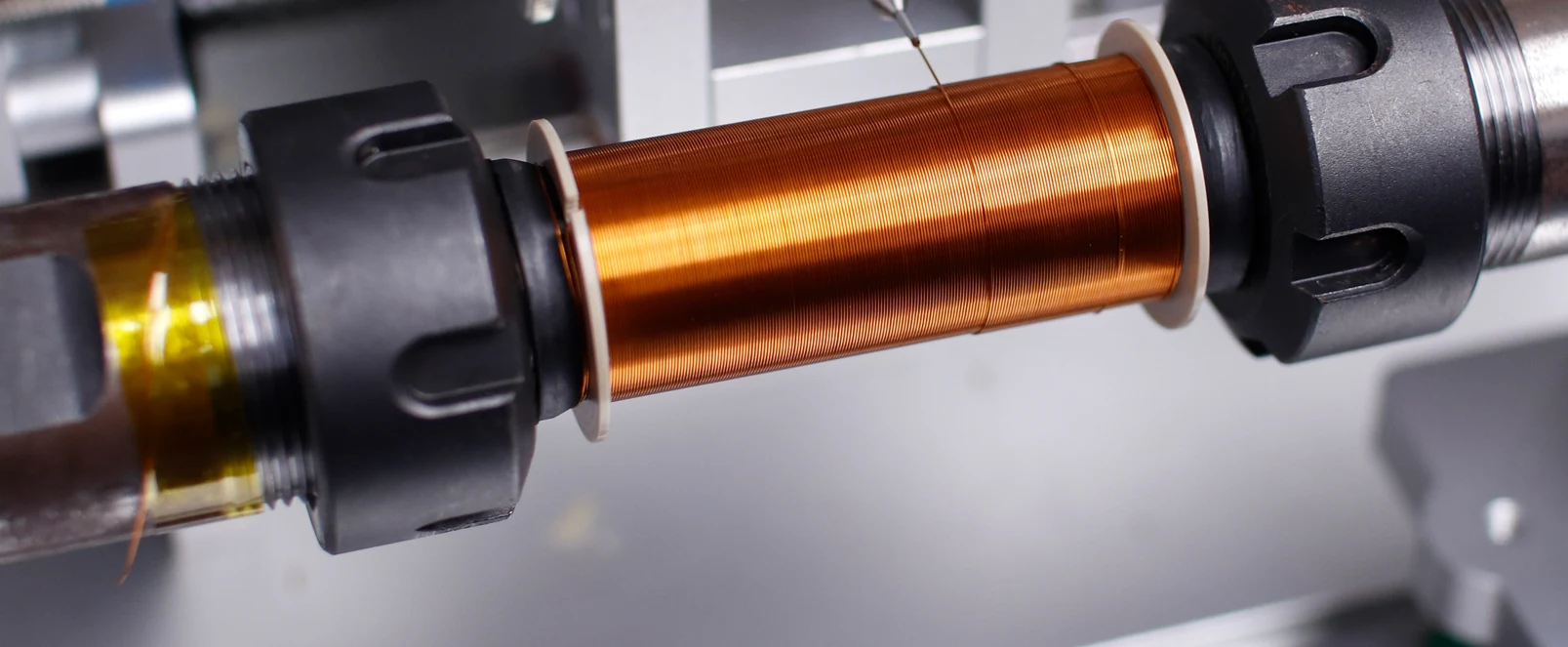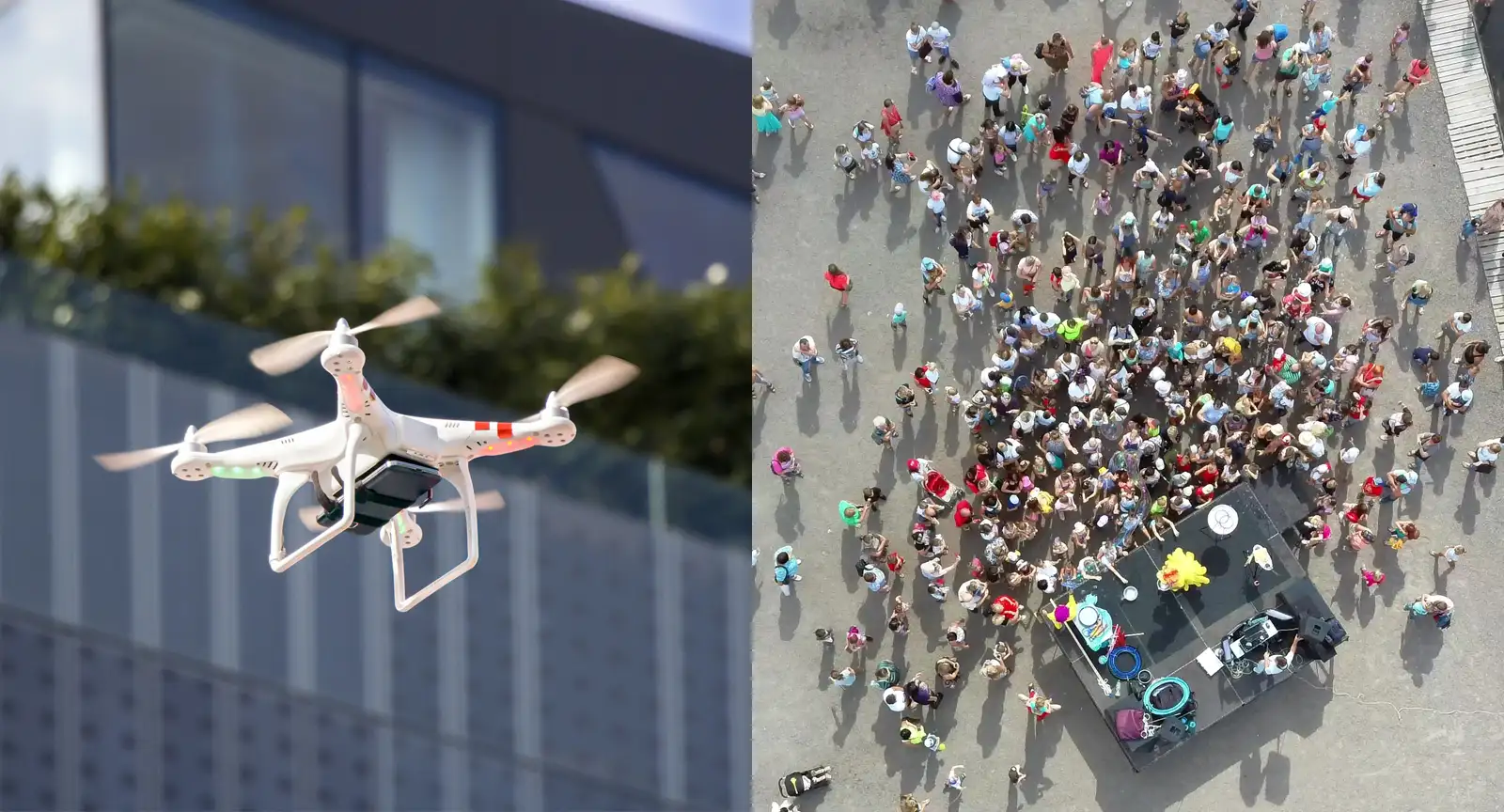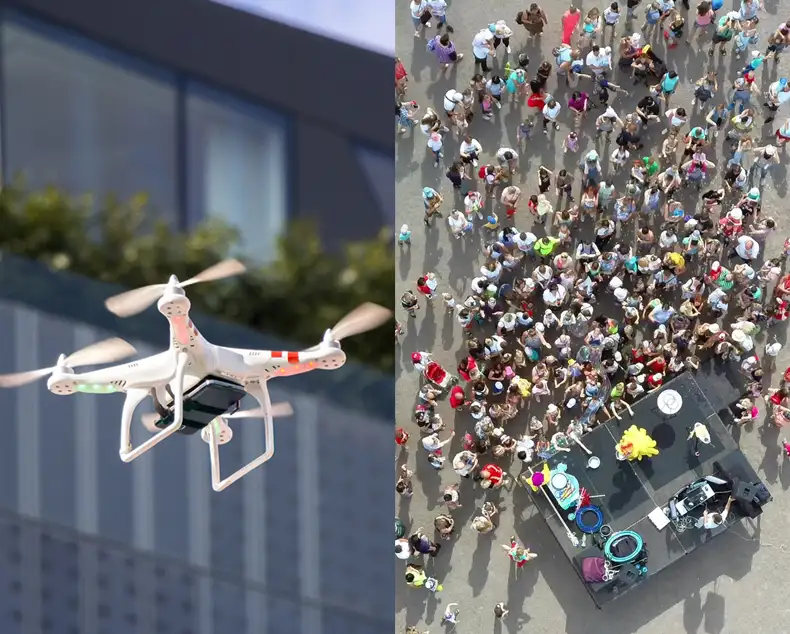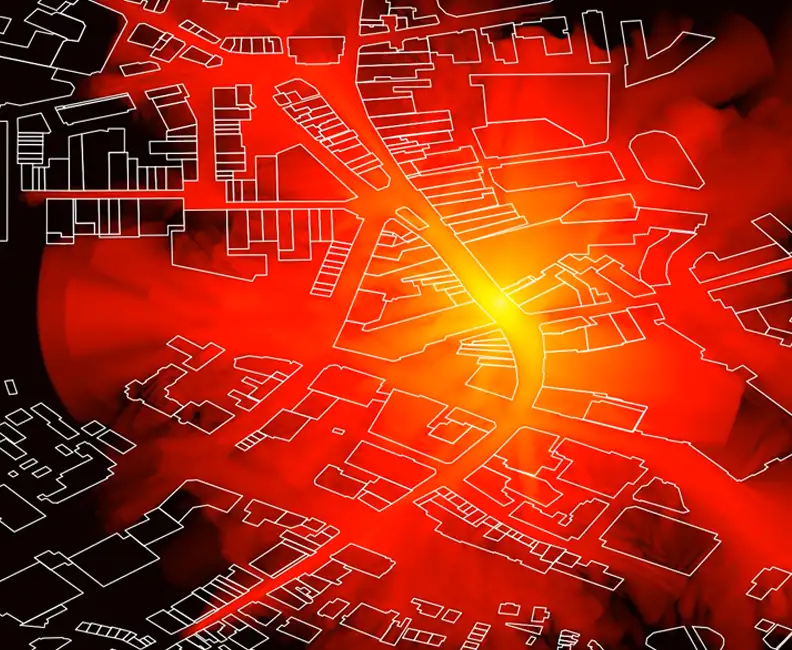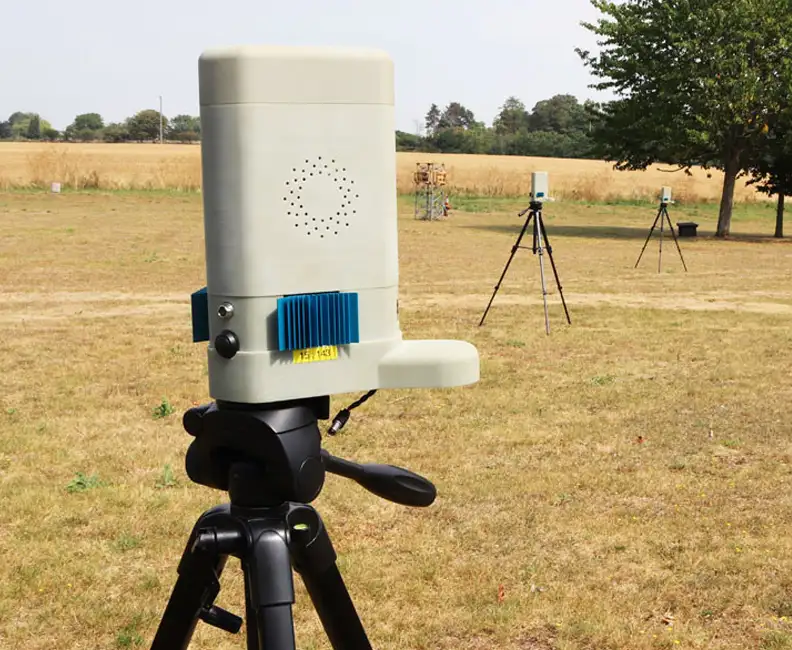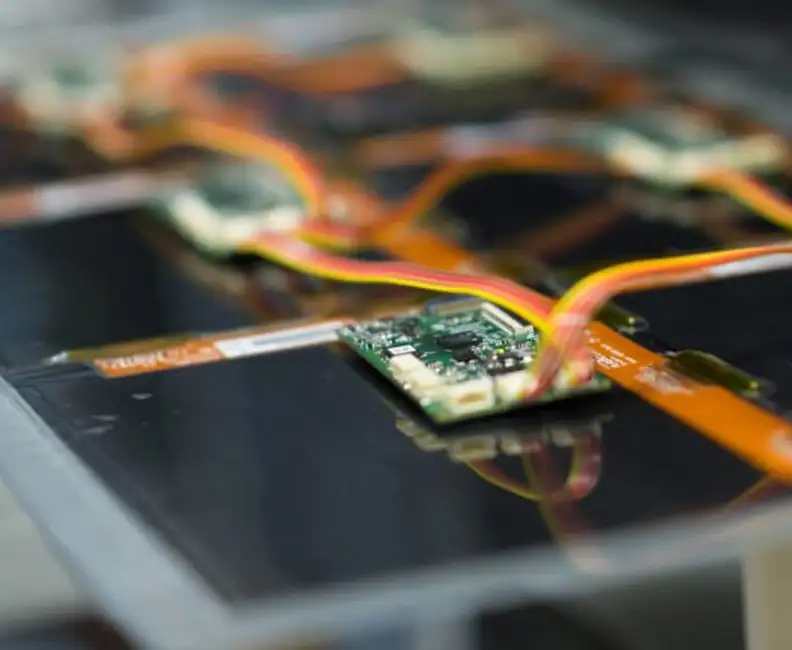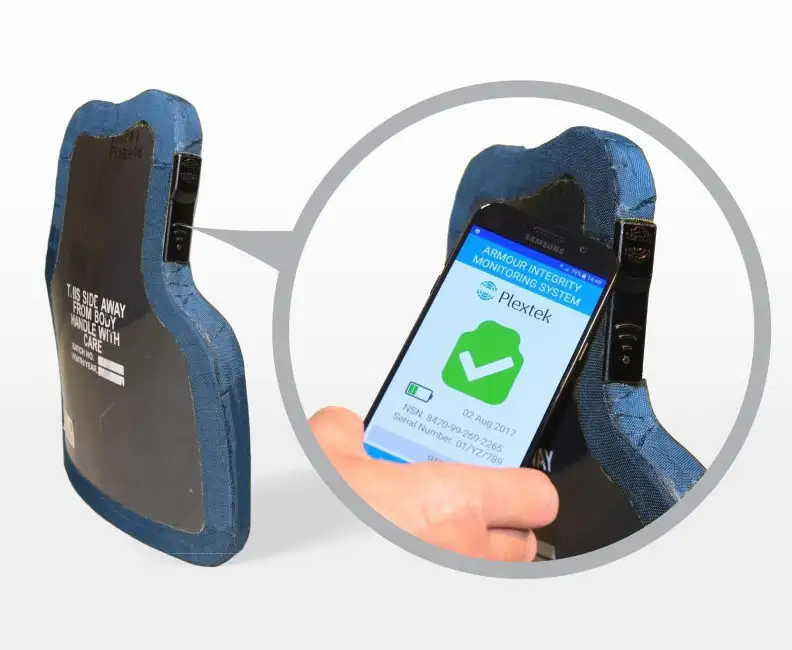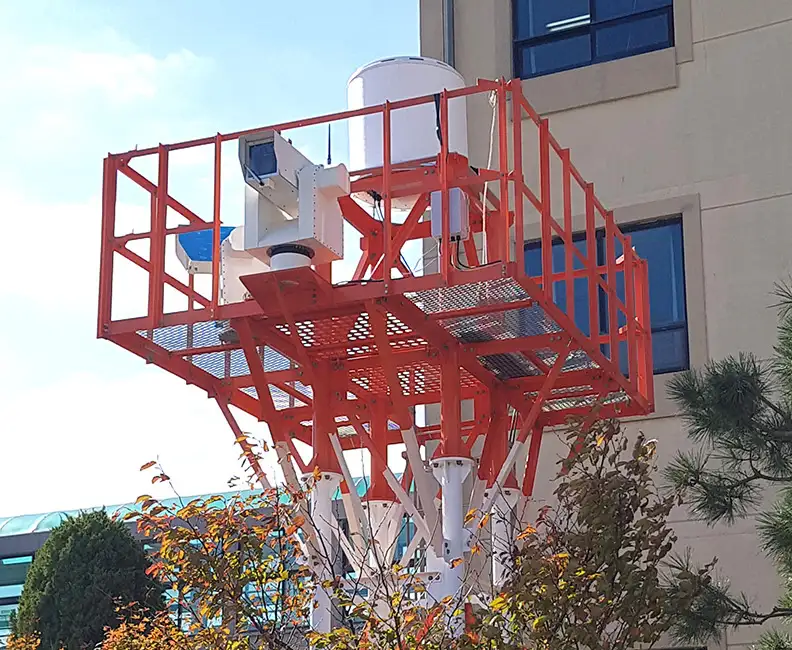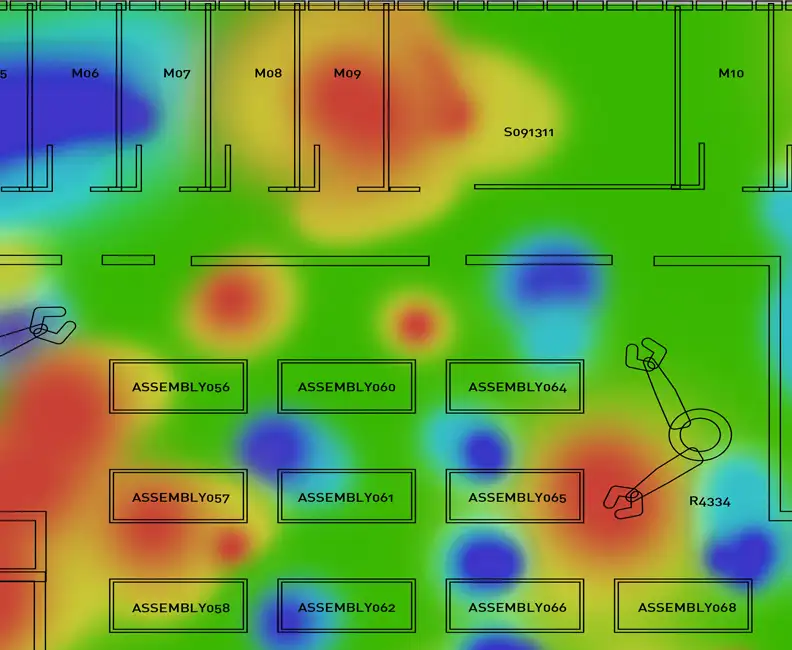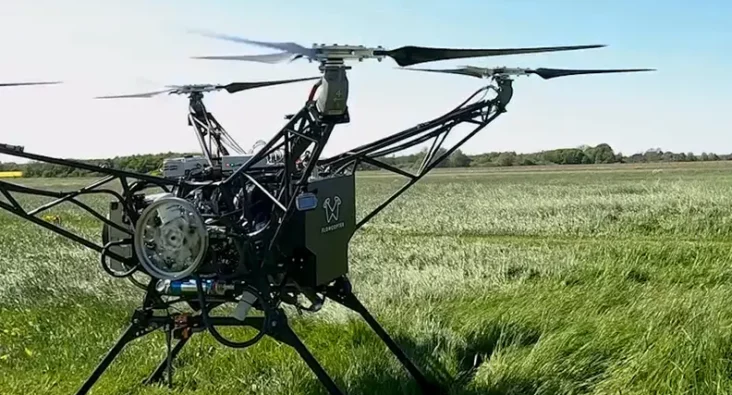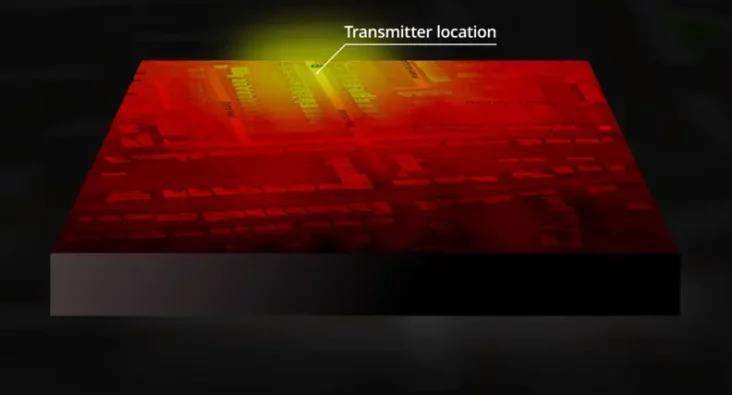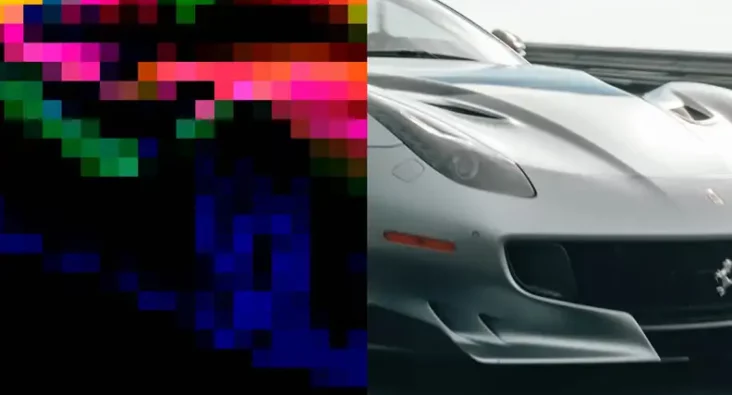PLX-U16 Ubiquitous Radar
Our Ubiquitous Radar technology platform allows for the rapid development and deployment of fully customised radar solutions to meet the unique requirements of your application. Detect, track and classify multiple targets across the entire field of view, with the ability to recognise birds, drones, people, vehicles and vessels via micro-Doppler analysis.
Drones and other uncrewed aerial vehicles are now widely available in commercial, industrial and consumer markets. Reliably detecting, tracking and identifying drones can be problematic particularly in urban areas where line of sight is diminished.
Our Ubiquitous Radar has been designed and developed to address these issues. In contrast to traditional scanning radars which scan a narrow beam around the scene the PLX-U16 Radar is able to detect returns from many directions simultaneously. It can differentiate between drones and birds even determining the size and type of drone (e.g. fixed wing vs rotary wing).
The PLX-U16 is a technology platform with a wide range of applications and is very versatile, for example it can be deployed in congested environments (e.g. on ground, side of buildings) as part of a distributed sensing system. Alternatively, it can be mounted on drone/helicopter as a forward-facing radar to provide medium range (500 m – 1 km, depending on target size) detection.
Why choose a technology platform?
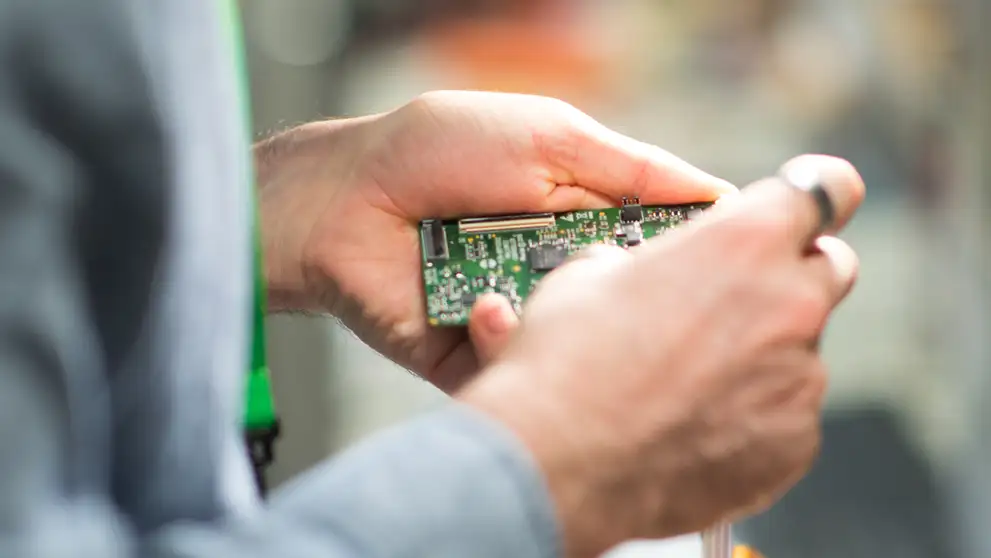
Plextek’s Ubiquitous Radar technology platform offers you a tailored solution for your application.
Around 80% of the development is pre-configured, leaving room for that crucial 20% customisation based on your needs. This approach ensures that you receive a solution that is both advanced and perfectly aligned with your application requirements.
Key features
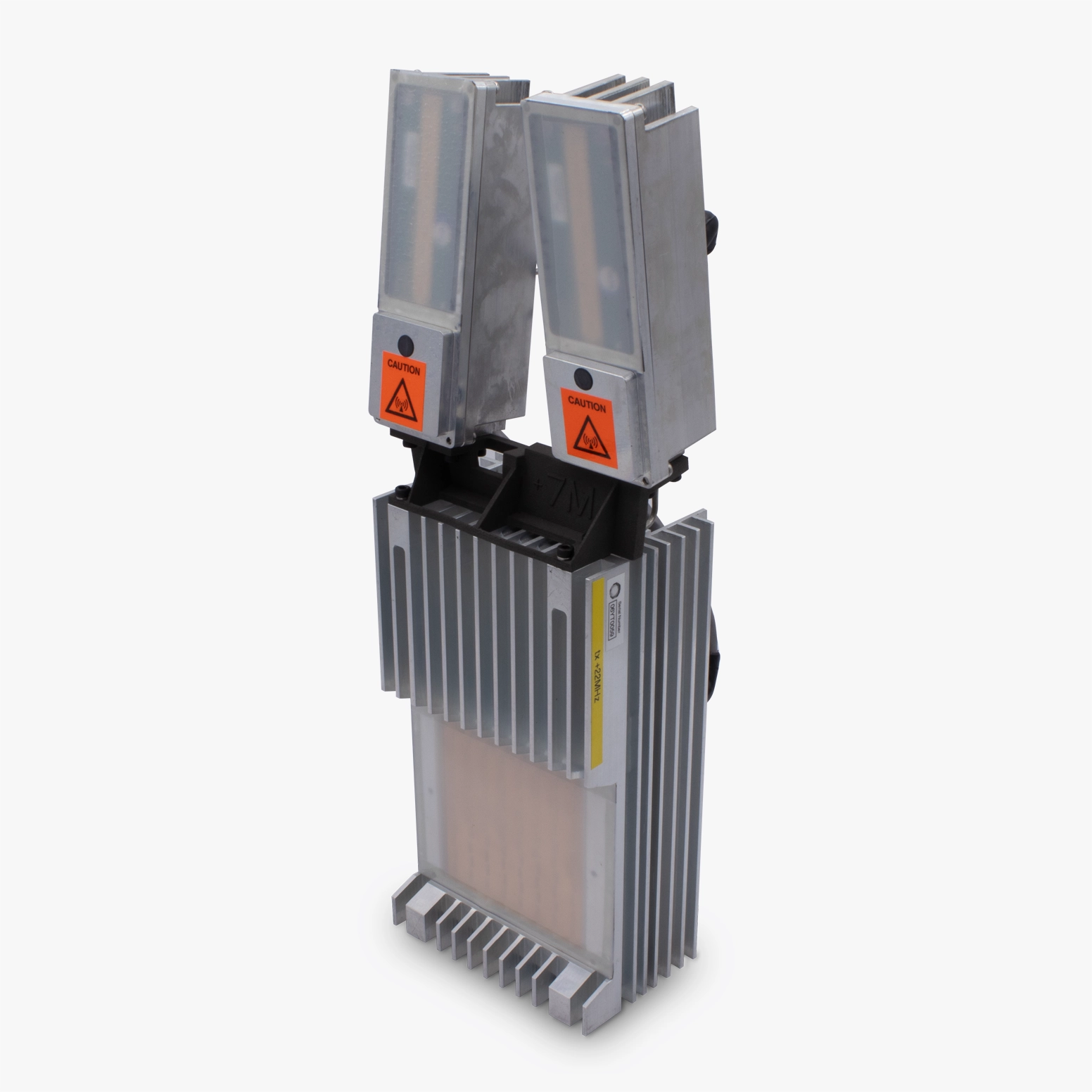
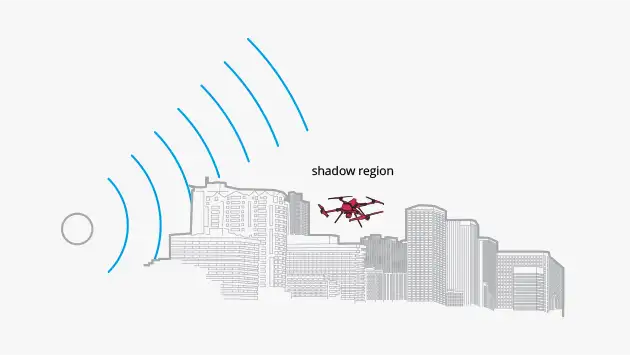
Background – Detecting UAS
- Countering drones is a difficult and challenging problem
- Detecting Class 1 drones at range is difficult (even with a high power radar)
- Class 1 drones can have a low RCS (-20 dBsm), and fly low and slow
- Ranges > 500 m difficult in many environments due to line of sight issues
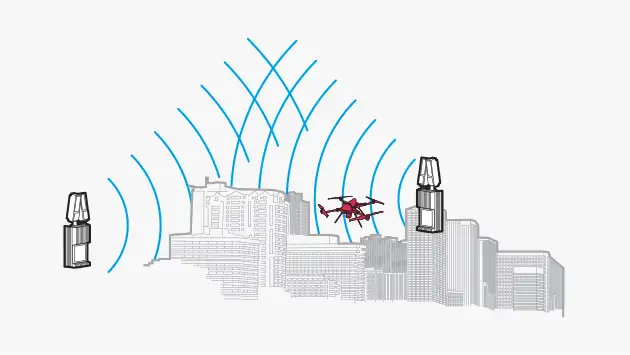
PLX-U16 – Distributed Sensing
- Use several radars to provide a distributed sensing capability
- Provides coverage in shadow regions
- Can deploy as unattended sensors to extend the range and area of coverage
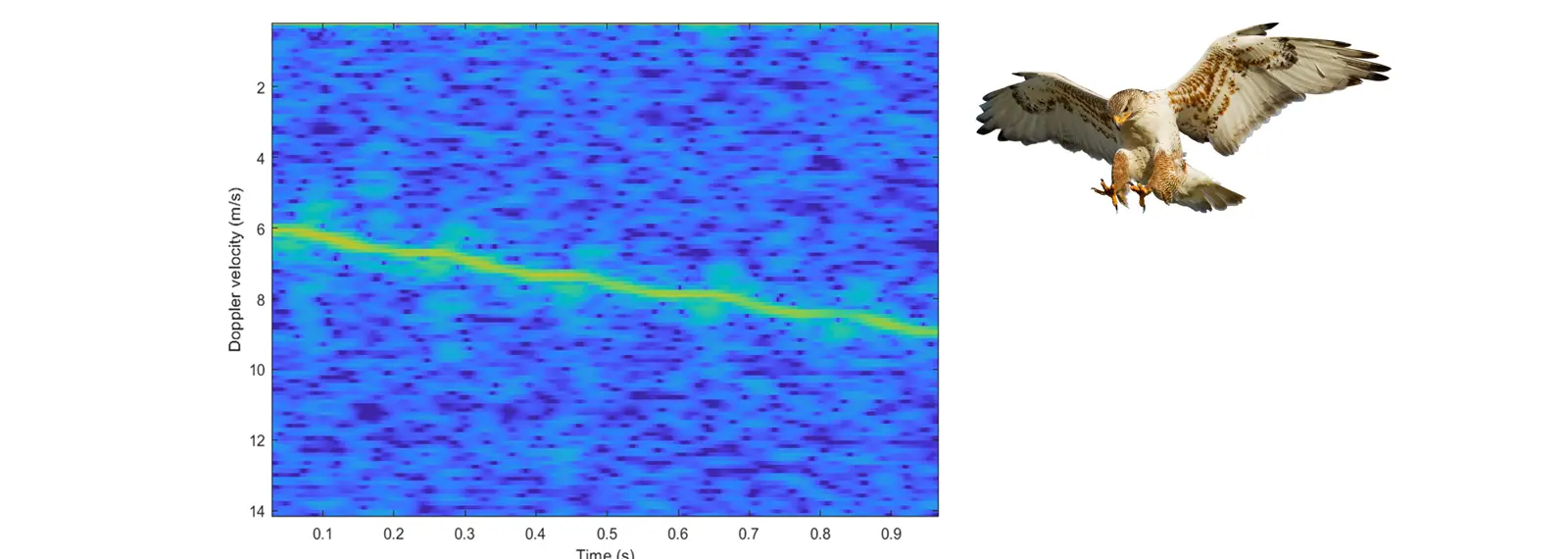
Target Classification: Bird
- Differentiate between drones, birds, and other confusers.
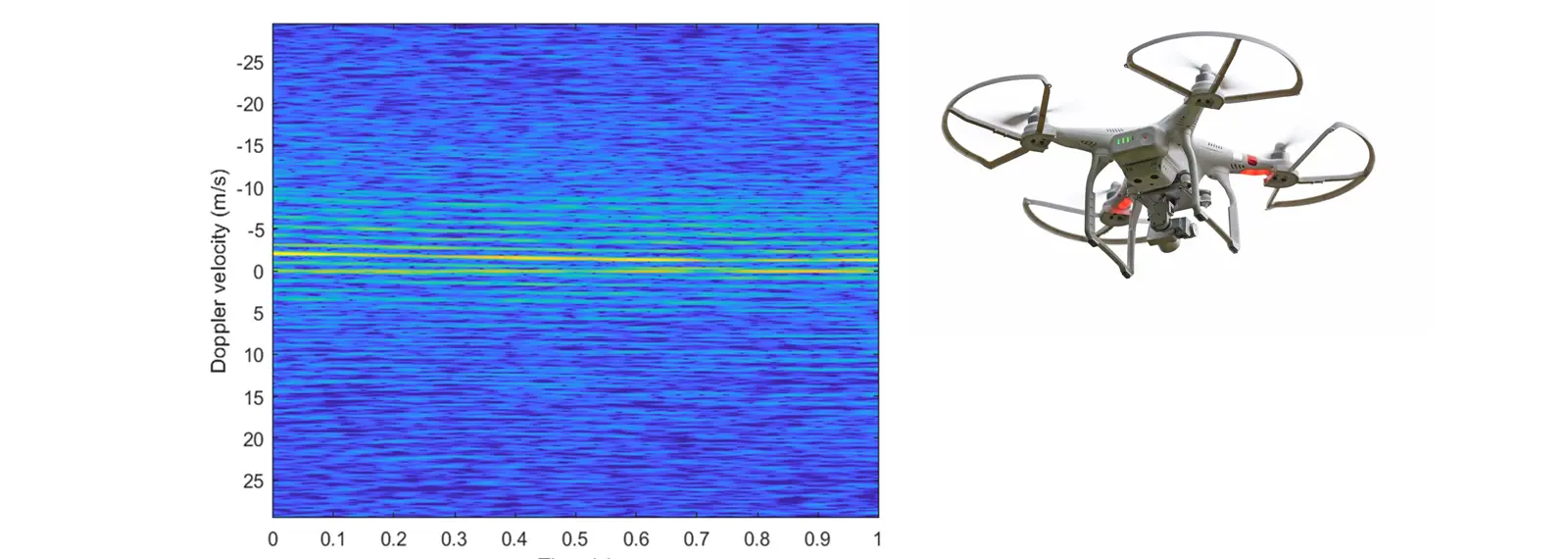
Target Classification: Drone
- Determine type of drone (e.g. fixed wing vs. rotary wing)
- Estimate size of drone
Harmonic Radar
Plextek has developed harmonic radar technology for detecting concealed electronic devices in security-critical environments.
The system can identify hidden devices at close range (typically 2-8 centimetres) even when shielded, enclosed in metal casings, or concealed behind non-metallic barriers. The portable system uses a field to couple into active silicon components, detecting the harmonic frequencies re-radiated by electronic devices such as mobile phones, SIM cards, and circuit boards. Unlike conventional harmonic radar, this unique approach maintains detection capability through aluminium foil wrapping and other concealment methods.
The technology shows potential for automated classification of detected objects through machine learning analysis, offering distinction between legitimate and contraband electronics for defence and security applications.
Ubiquitous Radar Benefits
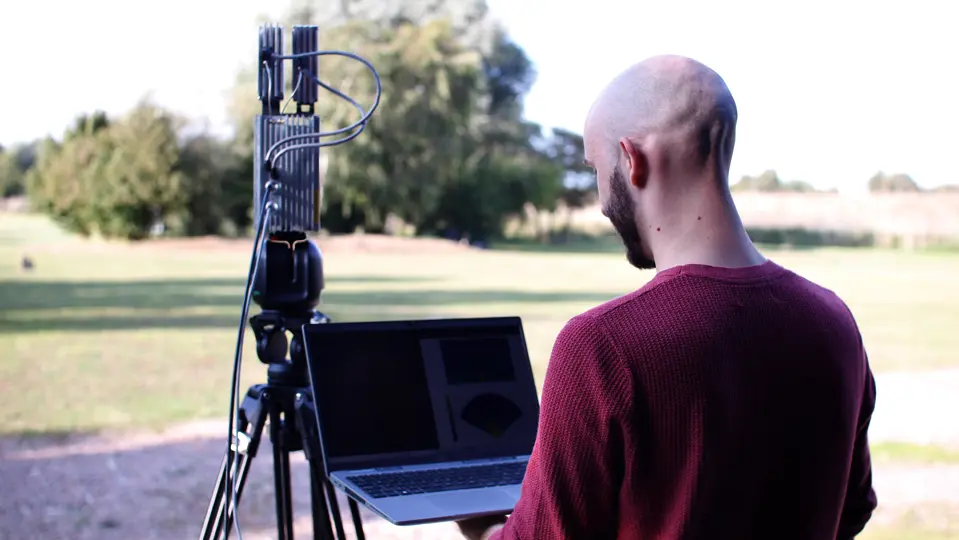
- Wide beam on transmit, digitally beamform on receive
- Radar able to detect returns from many directions simultaneously
- Contrast with traditional scanning radars which scan a narrow beam around the scene
- Enables tracking of multiple dynamic targets simultaneously
- Enables extended dwell times on a target which aids target classification, without compromising simultaneous wide area coverage
Example Specification
-
Physical Size
Total (Inc Tx Mounting Bracket): 337 mm x 100 mm x 60 mm
-
Mass
Radar Module 1.4 kg
-
Supply Voltage
Input 12 – 15 VDC (regulated supply required)
-
Power Consumption
< 45 W
-
Transmit frequency
Within the allocation 15.7 – 17.2 GHz (Ku-band)
-
Transmit power
1 W typical (2 W max)
-
Transmission mode
FMCW
-
Beamforming
Beamform-on-receive using parallel receive channels
-
Transmitted bandwidth
20 MHz
-
Angular accuracy of detections (azimuth and elevation)
Typically ±3° or better
-
Detection Range
Target size dependent (Typically many hundreds of metres against a small target)
-
Field of view
120° (azimuth) x 20° (elevation).
Electronically-scanned on transmit concept to achieve 90° elevation Field of Regard (FoR)
-
Maximum instrumented range
800 m (Greater ranges attenuated by anti-alias filtering)
-
Range resolution
8 m
-
Data and Control Interface
Gigabit Ethernet
-
IP Rating
Designed to meet IP65








